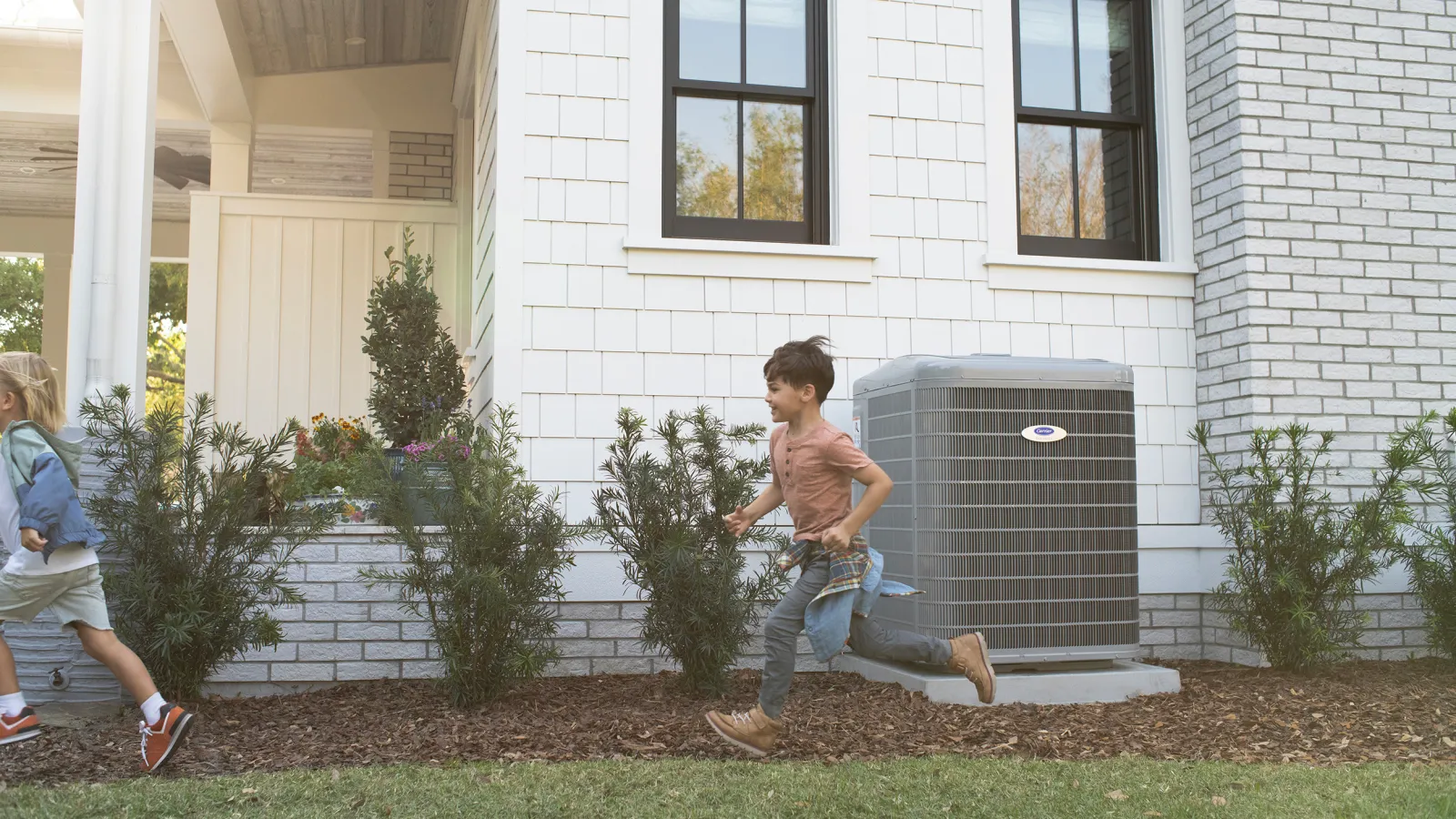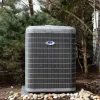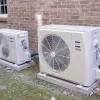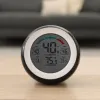Around here, we follow some super strict guidelines about commissioning new air conditioners. As a result, we can walk away from any AC installation with the confidence that our client will be happy with the new system.
Commissioning, of course, means going through a series of “sign-off” steps after installing new HVAC equipment. Basically, we check, test, and audit everything about the installation. It’s an important exercise. Unfortunately (and perhaps unsurprisingly), it’s also one that many contractors get wrong.
Why bother commissioning a new air conditioner?
To understand why it’s important to commission a new air conditioner, imagine you just booked a beach vacation. Upon arriving at your destination, you suddenly realize that nothing is like you expected.
Your hotel only offers access to the most crowded section of the public beach. It’s loud, and there’s a lot of litter. It’s nothing like the pictures of vacant beaches and swaying palms on the hotel’s website. And you can’t park your car right in front of the hotel. That lot is full. You’ve got to park down the street and walk down a narrow shoulder. Did we mention your room doesn’t have a window? It’s an interior room. So much for those views of crashing waves!
Did you get to take a beach trip? Sure. But it wasn’t nearly as nice as you’d planned for it to be.
Failing to properly commission a new air conditioner can yield similar disappointment. Did your HVAC contractor install an AC? Sure. But it probably won’t keep you as comfortable as you’d hoped.
Note: This article is all about commissioning a new air conditioner. We often install new furnaces at the same time as new air conditioners, so be sure to check out our article about how we commission new furnaces as well.
A fresh set of eyes
One reason commissioning is so important has to do with the nature of the installation process. HVAC installers work with big, heavy, complicated machinery inside tight spaces – scorching hot attics or dark, musty crawlspaces. They spend hours performing complex procedures in very tough environments. Fatigue and discomfort can affect anyone – even the most experienced professionals.
That’s why we always send a senior team member to complete the commissioning process. A fresh set of eyes can often spot things the installers missed.
AC operating conditions
There’s a big difference between running an AC on the day you complete the installation and running it a few days later.
Most of the time, a new AC comes online after the home has had no AC for multiple days. The house is going to be hot and humid, so the new system has to work hard to make the home comfortable again.
It makes a lot more sense to evaluate an installation a day or two after the installation is complete. That way, you can check how the AC functions under normal conditions.
Factory defaults
Out-of-the-box settings don’t work for every home. Manufacturers ship HVAC systems with certain defaults in place. That’s fine because they can’t anticipate how a given system is going to perform in a given home. But all of those things – from easy stuff like thermostat settings to more complicated stuff like blower fan speed – needs to be tweaked.
This is especially true with variable-speed HVAC systems. There are just a lot of different ways to set them up depending on the attributes of the home, ductwork design, and homeowner preferences.
What happens when we commission a new air conditioner?
To give the AC time to arrive at normal operating conditions, we wait a few days after the installation to perform the following commission tasks.
1. Verify installation quality
All of our HVAC installations are the product of intense analysis of a client’s home. We always perform Manual J load calculations, examine ductwork and static pressure, and modify or re-design ductwork (when required) to meet the client’s needs. That being the case, the installation must meet all of our rigorous targets for that particular client’s needs.
When auditors complete all of the commissioning steps, they’re also checking to see that the installation meets our rigorous quality standards and meets the homeowner’s unique requirements.
2. Measure and adjust airflow
Since we performed a lot of pre-installation analysis before putting in the new AC, we know how much airflow per ton the home needs to get. We can check this for the whole home or on a room-by-room basis.
Sometimes, certain rooms aren’t getting enough air or others are getting too much. When that’s the case, we can make adjustments to ensure airflow is properly balanced.
3. Check static pressure
Static pressure is like the drag inside your duct system. When ducts are too small or constricted for the amount of airflow required for the home, the static pressure is too high. You’ll struggle to stay comfortable and overwork your AC in the process.
We wrote a whole article about static pressure to help folks understand why it matters.
Anyway, we always measure static pressure on new AC installations. You want it to be at the right level for the home’s cooling needs and the longevity of the AC. When it’s still a little too high, we make adjustments.
4. Refrigerant levels
It’s not uncommon for us to tweak the refrigerant charge after the new AC has been on for a couple of days. Again, you can’t know for sure if you have the proper refrigerant level right after installing the AC. Only under normal conditions can you know you’ve added the right amount to the system.
5. Thermostat settings
After sorting out all of the above, we may need to modify the thermostat settings that you or the installer set right after the AC went in. This is particularly important with variable speed systems that have dehumidification settings. Depending on the changes made during the commissioning process, you may need to tweak the humidity controls to keep your home comfortable.
Did your HVAC contractor perform all of these AC commissioning steps?
Most don’t, and that’s a problem. In our experience, a majority of HVAC contractors don’t return to your home after the installation unless you call them back for some reason.
The unfortunate result? Homes that aren’t as comfortable as they ought to be and AC systems that don’t operate as efficiently as they could. When we respond to repair requests, we encounter lots of both. Usually at the same time.
Proper AC commissioning, like proper AC installations, is essential for ensuring a comfortable home and an effective, long-lasting air conditioning system. Doing it the right way results in fewer callbacks, happier clients, and better AC reliability.






